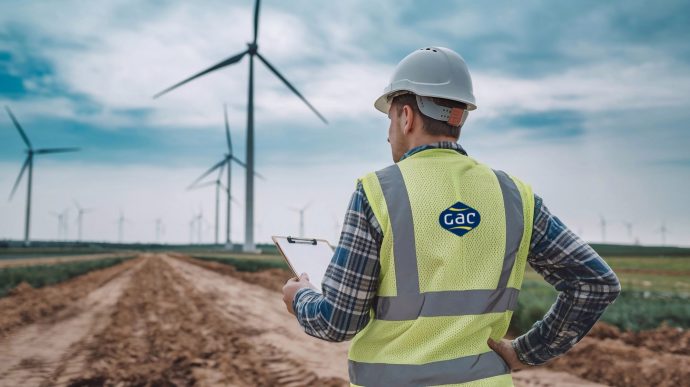Scandinavia has long been one of the leading regions exploring sustainable alternative energy options. But now, bureaucratic processes, local concerns and investor hesitance are putting the brakes on in some places, whilst others move ahead. It’s a sometimes frustrating situation but one which can be tackled through cross-border cooperation and looking inland as well as offshore.
Finland’s onshore Niinimäki Wind Farm project is one of country's most significant ongoing renewable energy developments, highlighting its commitment to greener energy and energy security.
With a projected capacity of 145.2 MW, the project will include 22 wind turbines, each delivering about 6.6 MW of power. Upon completion, this onshore wind farm in the Pieksämäki region is expected to generate approximately 400 GWh annually, which could power up to 100,000 homes, making it an essential component in Finland’s push toward carbon neutrality by 2035.
In neighbouring Sweden, however, the offshore wind sector is experiencing major delays. While the country has considerable potential for offshore wind and a growing number of projects seeking permits, the market is at a standstill while developers await policy recommendations that could alter the allocation of sites.
Sweden’s open-door planning system enables developers to propose plots and navigate the permitting processes themselves. But because many project proposals overlap geographically, there is currently no significant operational capacity. In March 2023, Sweden's climate ministry instructed a policy adviser to explore establishing an orderly spatial planning system, with a report due for publication in the coming weeks.
Beyond borders
While Sweden awaits the green light for further offshore wind development, GAC Sweden has been looking beyond its borders for opportunities to play a meaningful role in the development of green energy and make an impact in the wider Nordic region.
They have partnered with GAC Finland on the development of the Niinimäki Wind Farm project to ensure components, construction materials, and personnel reach the site reliably and efficiently. This includes acting as the ship agent at the Port of Hamina-Kotka to coordinate between carrier shippers and the wind farm.
With a construction period lasting just two years, the combined forces of GAC Sweden and GAC Finland have played a significant part in ensuring that Niinimäki is commercially active by the end of this year.
“Our collaboration shows how we can coordinate as one entity and support customer projects beyond traditional borders,” says Nils Igelström, GAC Sweden’s Managing Director. “By pooling our resources, expertise, and local insights, we can deliver seamless, integrated support, even as project timelines and conditions evolve.

“By uniting our efforts with other GAC offices throughout Scandinavia, we reinforce our reputation for reliability and responsiveness in the renewable energy sector. These partnerships enable us to support clients comprehensively, meeting the exacting demands of a project while fostering long-term, trusted relationships with clients.”
Size, sensitivity and synergy
Given the size and sensitivity of wind turbine components, GAC's expertise in project cargo logistics is crucial. Bulky components like rotor blades and nacelles (covers housing the generating components in a wind turbine) are expensive and require specialised handling and secure transport capabilities. GAC’s established logistics networks enable streamlined cargo movement, minimising delays and ensuring safe delivery.

GAC Sweden and GAC Finland can efficiently allocate their workforce and expertise based on the needs of different project phases. This gives them the flexibility to address sudden shifts in project timelines or requirements, such as adjusting to weather delays or logistical bottlenecks.
Various projects in the region benefit from this synergy between GAC Sweden and GAC Finland, with both teams pooling their resources, knowledge, and networks to create a seamless and more effective operation.
Adaptable
“While Sweden’s offshore sector faces delays, we recognise the broader opportunities in supporting renewable energy, shipping and logistics projects in the Nordic countries and mainland Europe,” adds Nils. “Our ongoing projects in places like Västerås and our future involvement with vessels in Finland reflect our adaptable approach.
GAC's experience in offshore energy logistics has been proven to translate effectively to onshore projects, enabling planning contingencies that address unforeseen issues. This strength lies in collaboration and teamwork across borders, and an understanding that GAC acts as one throughout every project they support.